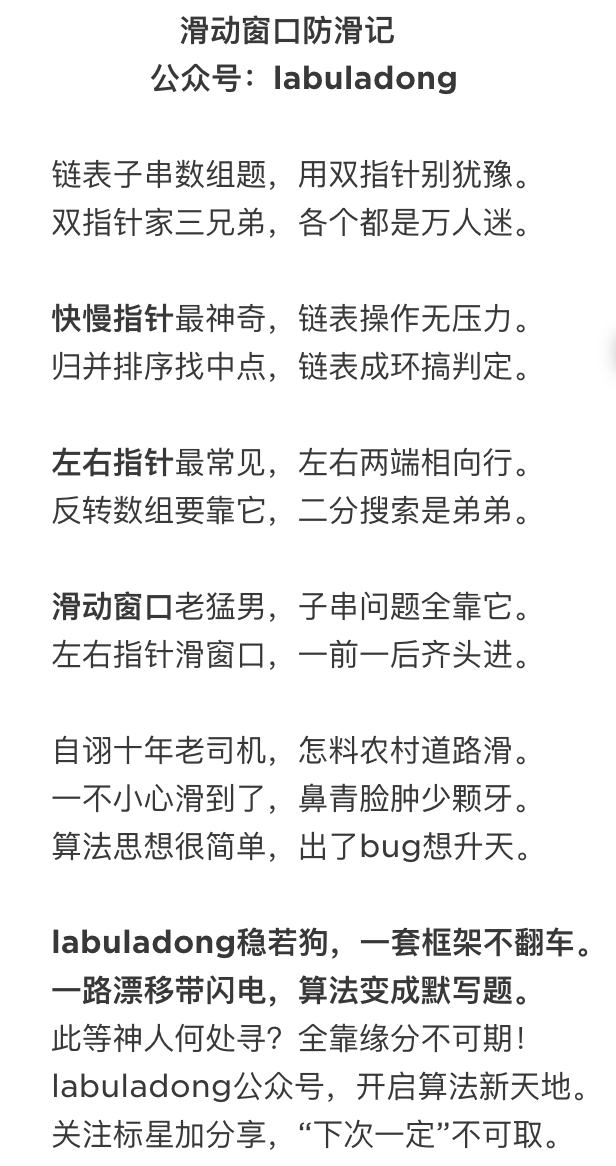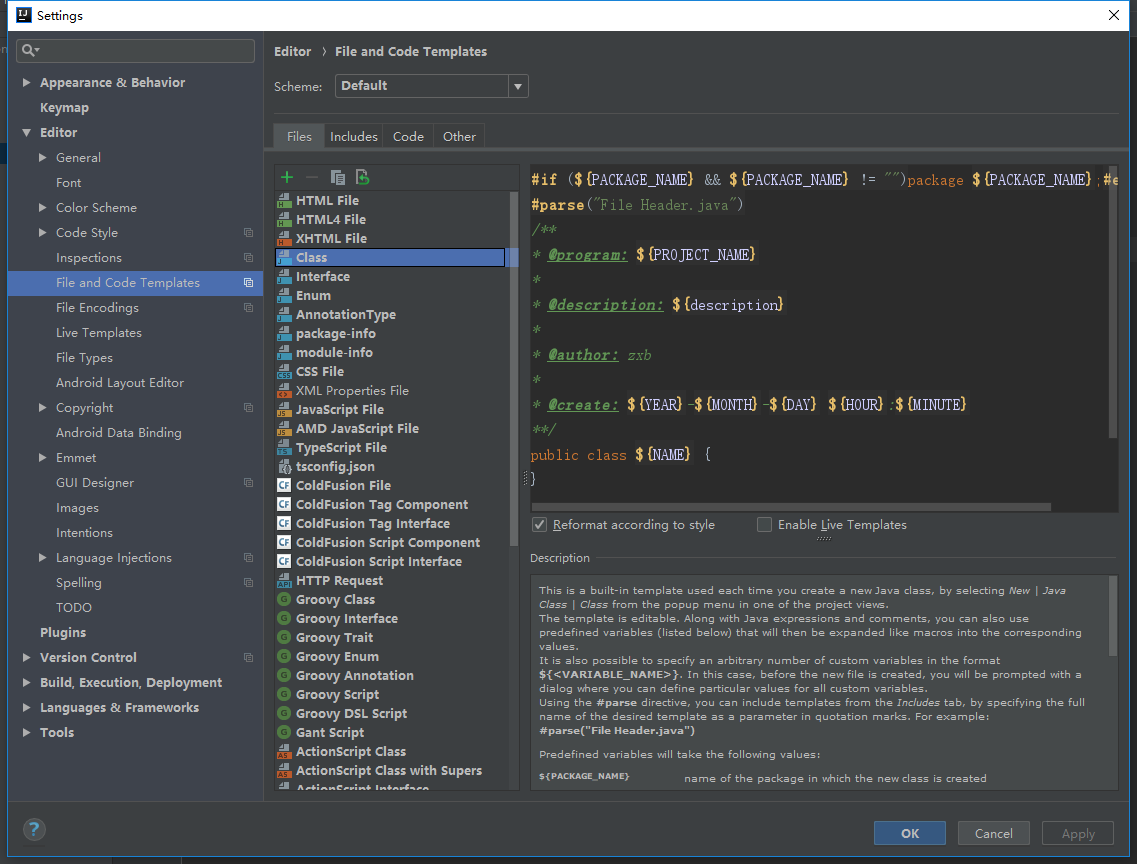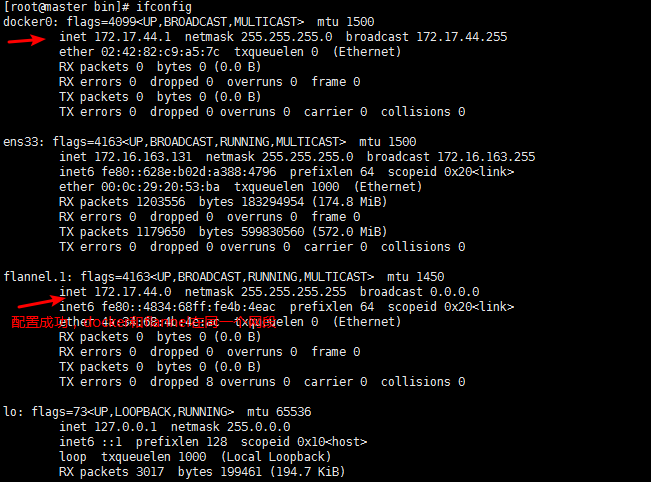I have an app running under Catalyst+FastCGI. And I want it to fork() to do some work in background.
I used this code for plain CGI long ago (and it worked):
defined(my $pid = fork) or die "Can't fork: $!";
if ($pid) {
# produce some response
exit 0;
}
die "Can't start a new session: $!" if setsid == -1;
close STDIN or die $!;
close STDOUT or die $!;
close STDERR or die $!;
# do some work in background
I tried some variations on this under FastCGI but with no success. How should forking be done under FastCGI?
Update: This is what I have now:
defined(my $pid = fork) or die "Can't fork: $!";
if ($pid) {
$c->stash->{message} = 'ok';
$c->detach($c->view('JSON'));
}
die "Can't start a new session: $!" if setsid == -1;
close STDIN or die $!;
close STDOUT or die $!;
close STDERR or die $!;
# do some work, then exit()
I send the request with AJAX call, and have the "502 Bad Gateway" error in the firebug console.






